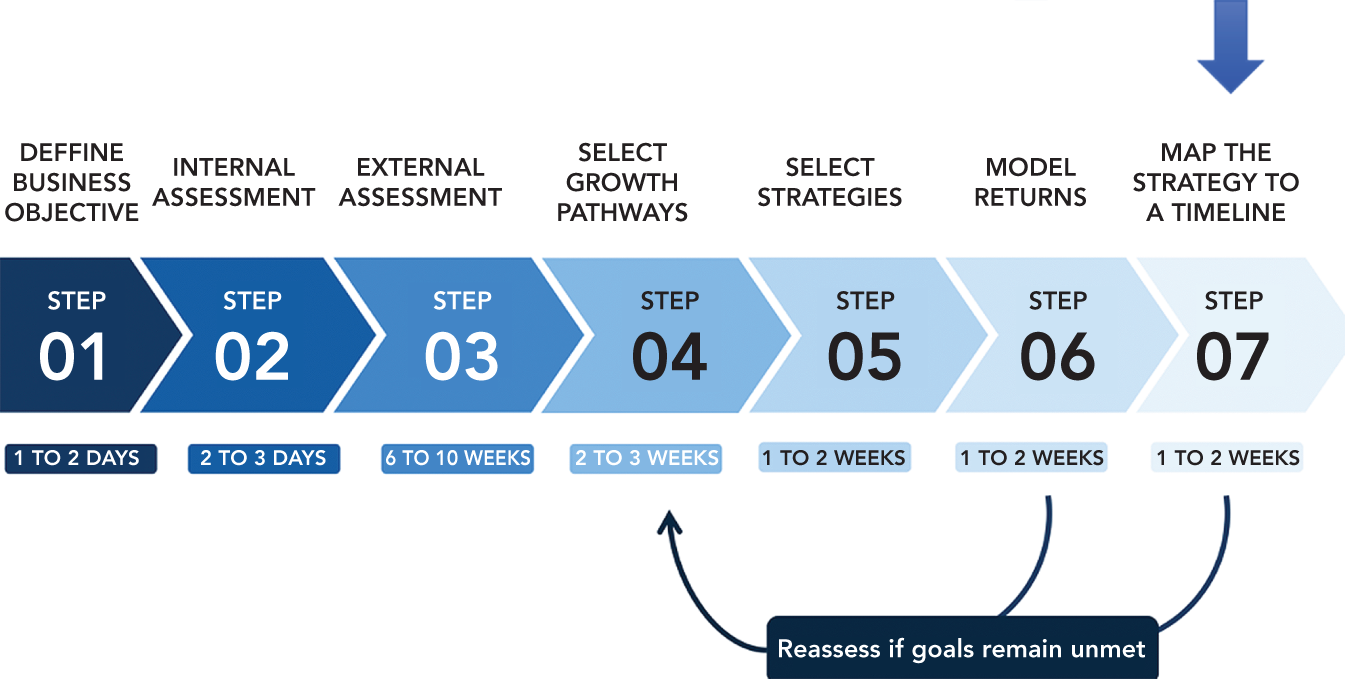CHAPTER 15Map Strategy to a Timeline: Step 7: The Power of a Picture
One of the challenges in as rigorous an exercise as this planning has been is to keep activities aligned at both the highest possible level and also at the lowest. For our purposes and the last step in our process, we literally draw the timing of each action on a Gantt chart.

Harmonograms
Harmonograms, more commonly called Gantt charts, were created a long time ago but were made popular in the early 1900s by Henry Gantt. Mr. Gantt’s creation was used to help the war effort in WWI. Given the alignment with war planning and game theory that you will find in our model, it only seems fitting that we find continued value in this approach.
When I was a newly minted MBA I worked for a firm called A.T. Kearney. Although I had a relatively short tenure there, I learned to respect the value of a Gantt chart not only for organization but also as a financial tool. Whether I was working to redesign the call centers at FedEx or helping improve the performance of specialty valve manufacturers, it was hammered home to me that we had to be pragmatic and understand the relationship between workstreams and tasks as we thought about helping our clients. This has been proven true time and time again in my career.
There are really two words that I worry about when I teach Beacon’s method to growth: empathy (which we’ve already ...
Get Growing the Top Line now with the O’Reilly learning platform.
O’Reilly members experience books, live events, courses curated by job role, and more from O’Reilly and nearly 200 top publishers.

